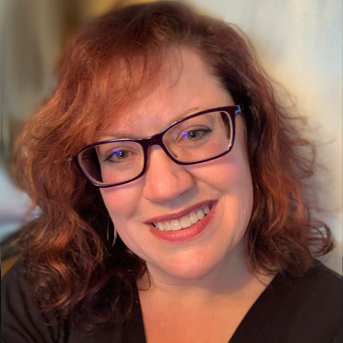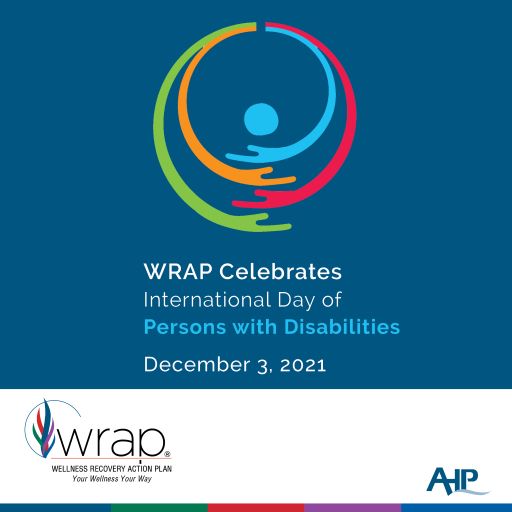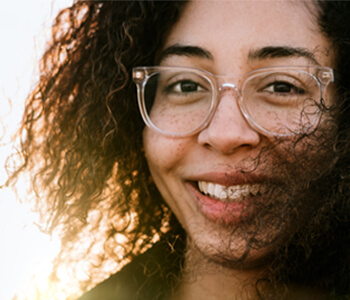The International Day of Persons with Disabilities was December 3, so we at WRAP would like to honor and celebrate the lives of all those with disabilities this month. Life is hard for everyone, but with a disability, it can feel—and be—even harder.
This year’s theme is ‘Fighting for Rights in the Post-COVID Era, which honors the challenges, barriers and opportunities for people who live with disabilities, in the context of a global pandemic. People with disabilities have been particularly impacted by the COVID-19 pandemic and the isolation and diminished services which have happened as a result.
If you have disability—visible or invisible—you aren’t alone. Various surveys have shown 1 in 4 Americans has a disability, and worldwide, 1 in 7 people has a disability, the most common being depression. We at WRAP acknowledge that disabilities can make life harder, and we believe there is a path to wellness for everyone.
There are multiple types of disabilities. Some of the major categories are
• Mobility/Physical,
• Spinal Cord (SCI),
• Head Injuries (TBI),
• Vision,
• Hearing,
• Cognitive/Learning,
• Psychological, and
• Invisible.
Some WRAP books that can help people with disabilities find wellness include Recovering from Depression: A Workbook for Teens, The Depression Workbook: A Guide for Living with Depression and Manic Depression, WRAP Workbook for People with Developmental Distinctions, and Fibromyalgia & Chronic Myofascial Pain: A Survival Manual.
So can you achieve wellness with a disability? I would like to answer a loud YES to that question. I know firsthand, as my daughter and I have disabilities—both physical and mental—that impact our daily lives.
My daughter’s disabilities are serious enough that she has been hospitalized multiple times over her short life for physical and mental illnesses, and she will never live independently. I won’t say the road to wellness has been easy. Sometimes I didn’t believe it was possible. Life just felt hard and sad. And yes, I had a lot of self-pity.
I used to think wellness meant I had to feel great and be happy all the time to be well. Because that was impossible for me and my daughter, I thought we couldn’t be “well.” Then I found WRAP, and my entire understanding of wellness changed.
We have found our own definition of wellness through WRAP. It may not look like anyone else’s wellness. It sure isn’t what I used to describe as “wellness.” But by focusing on what helps me feel good, daily action to stay well, and having a crisis plan for the bad times, I’ve found a path to wellness.
Wellness for me has come in accepting the fact that my disabilities are part of who I am, and although difficult, they also give me strength. My disabilities—and my daughter’s—have given me greater empathy for others, greater patience, and perspective about what is truly important in life.
I’ve also learned that feeling sorry for myself and my daughter doesn’t help much. But I do allow myself moments of grief—it’s part of being human. We can’t always be happy, we don’t always feel good, and that’s okay! A state of constant joy isn’t reality for anyone. The great thing is that I have greater control over my attitude when I actively use my wellness tools and turn to my supporters.
With WRAP, I’ve found that my daughter and I can live our healthiest and happiest lives, despite our challenges and disabilities.
We’d love to hear about ways you have used WRAP to help you deal with your disability and how you find wellness despite having challenges. If you’d like to share your story, take a look at our writer guidelines, or share your experience in our online community forum on the WRAP website or Facebook page. We would like to share some of your stories in the future!

WRAP Associate at Advocates for Human Potential, Inc.






